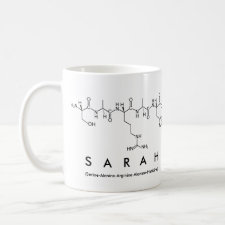
Authors: Shao MY, Yao M, De Saeger S, Yan LP, Song SQ
Article Title: Carbon Quantum Dots Encapsulated Molecularly Imprinted Fluorescence Quenching Particles for Sensitive Detection of Zearalenone in Corn Sample.
Publication date: 2018
Journal: Toxins
Volume: 10
Issue: (11)
Page numbers: ArticleNo438.
DOI: 10.3390/toxins10110438
Alternative URL: https://www.mdpi.com/2072-6651/10/11/438
Abstract: An eco-friendly and efficient one-step approach for the synthesis of carbon quantum dots (CDs) that encapsulated molecularly imprinted fluorescence quenching particles (MIFQP) and their application for the determination of zearalenone (ZEA) in a cereal sample are described in this study. CDs with high luminescence were first synthesized, and then encapsulated in the silica-based matrix through a non-hydrolytic sol-gel process. The resulting ZEA-imprinted particles exhibited not only an excellent specific molecular recognition of ZEA, but also good photostability and obvious template binding-induced fluorescence quenching. Under the optimized conditions, the fluorescence intensity of MIFQP was inversely proportional to the concentration of ZEA. By validation, the detection range of these fluorescence quenching materials for ZEA was between 0.02 and 1.0 mg L-1, and the detection limit was 0.02 mg L-1 (S/N = 3). Finally, the MIFQP sensor was successfully applied for ZEA determination in corn with recoveries from 78% to 105% and the relative standard deviation (RSD %) was lower than 20%, which suggests its potential in actual applications
Template and target information: zearalenone, ZEA
Author keywords: molecularly imprinted fluorescence quenching particles, Carbon quantum dots, Non-hydrolytic sol-gel, zearalenone, fluorescence quenching



Join the Society for Molecular Imprinting

New items RSS feed
Sign-up for e-mail updates:
Choose between receiving an occasional newsletter or more frequent e-mail alerts.
Click here to go to the sign-up page.
Is your name elemental or peptidic? Enter your name and find out by clicking either of the buttons below!
Other products you may like:
 MIPdatabase
MIPdatabase









